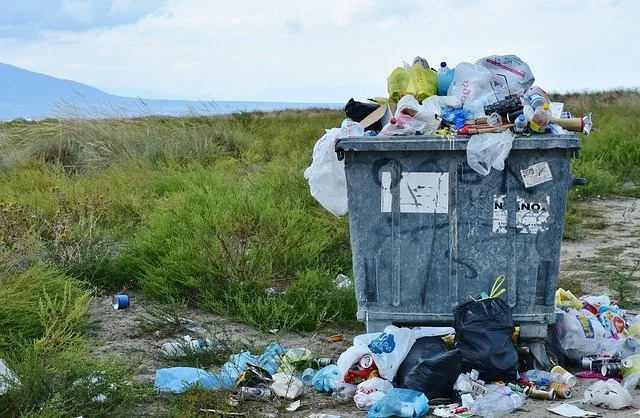How 400 thousand years ago the ancient ancestors of man recycled waste

The modern world dictates its own rules and fashion. So, today the consciousness of a person as a consumer is becoming more and more popular. People try not to buy unnecessary things and products, save water and energy resources, sort their waste for further processing. For some, this is still quite difficult, but it is worth knowing that our ancient ancestors were successfully doing this several hundred thousand years ago.
Excavation at Qesem Cave

In 2000, an international group of archaeologists, including Italian and Israeli specialists, began to study the Qesem Cave, which was discovered the same year near the capital of Israel, Tel Aviv. As scientists managed to establish, this grotto was used by ancient people as a dwelling for an extended period of 400-200 thousand years ago. Naturally, there were more than enough materials for scientific work in the Qesem Cave.
Among other things, found in the cave – traces of a fire, ash, bones of all kinds of animals (mainly fallow deer, roe deer, wild horses, and bison) – archaeologists have found quite a few small and very sharp tools. As further research showed, some of them were made from larger stone tools.
Small trash
From the beginning, archaeologists, puzzled by the sheer number of artifacts, focused on larger finds. All relatively small tools and other details (fragments of bones, pieces of stone), scientists, of course, also inventoried. However, they did not pay attention to all this small rubbish.
When all the large artifacts were studied, it was the turn of the little things. And then, scientists confirmed the discovery made earlier by archaeologists. As with most other ancient settlements in the Mediterranean region, the Qesem Cave also contains traces of ancient people’s reuse of primitive tools.
Small tools made from large
Among the small stone parts found in an Israeli cave, various small tools were found during their careful study – cutters, scrapers, etc., in disrepair.
Scientists conducted studies using X-ray and infrared spectroscopy to prove that such sharp objects were deliberately manufactured and not part of a damaged instrument. Tests have shown the presence of traces of hides, meat, and plant fibers on the cutting edges of small tools.
This became indisputable proof that ancient human ancestors who lived in the Qesem cave used such miniature tools very actively.
It’s not a shortage of business
Why did the ancient hominids make small stone tools from large ones? Was it possible that suitable materials, such as silicon, were in short supply in this area? Maybe that’s why the primitive man had to remake his tools again and again? Scientists have completely refuted this theory.
In the area adjacent to the Qesem cave, there was quite a lot of the same silicon. This means that primitive people could not have any shortage of this material. That is, having moved only a few tens of steps from the house, the hominid could find and make any tool convenient for his hand. However, primitive people preferred to recycle worn-out inventory, making new items from it.
Consequently, the fact is evident that even then, the ancient people figured out that it was unnecessary to throw something out if it was possible to make another instrument out of it for some other purpose. “secondary” tools were adapted for small jobs: trimming the skin during dressing, cutting meat, root crops or vegetables, and similar manipulations.
Quite illustrative practice, isn’t it? Indeed, in addition to saving resources (in this case, silicon) when making a small tool from a large one, ancient people also developed their motor skills and the ability to process materials and use them very accurately finely. From an evolutionary point of view, such skills were advantageous given the aim of then-humanity for planetary domination in the future.
With each successive generation, the ancient people Cro-Magnons and Neanderthals became more and more advanced. The numbers of both human species grew, as did the competition for resources.




